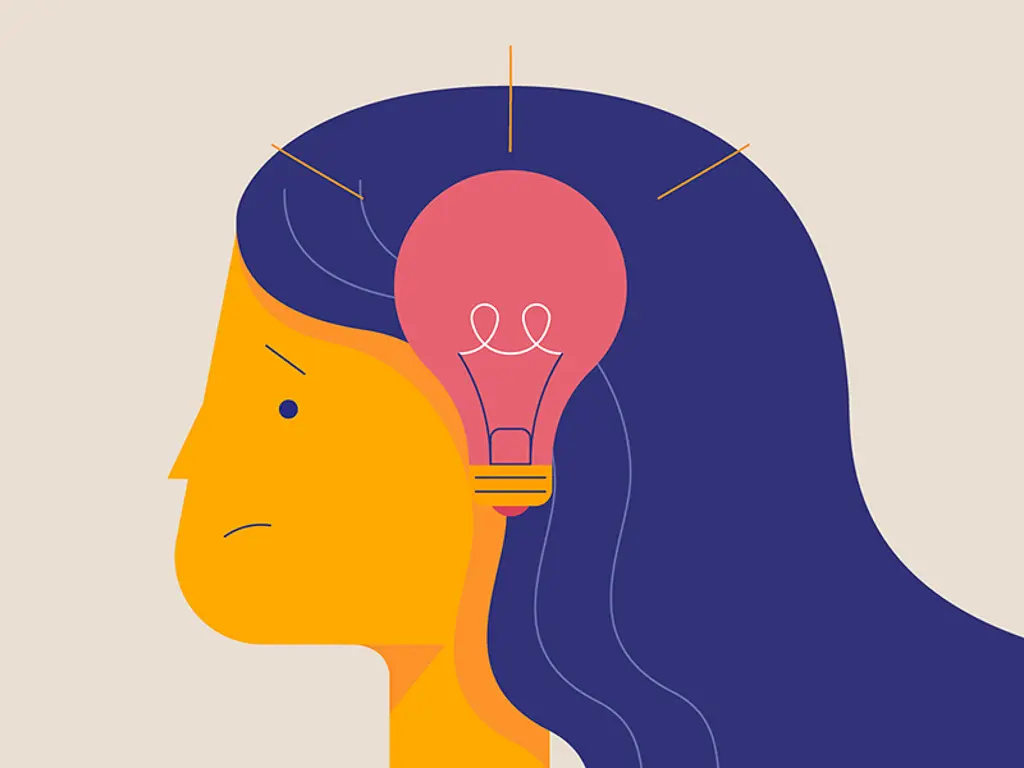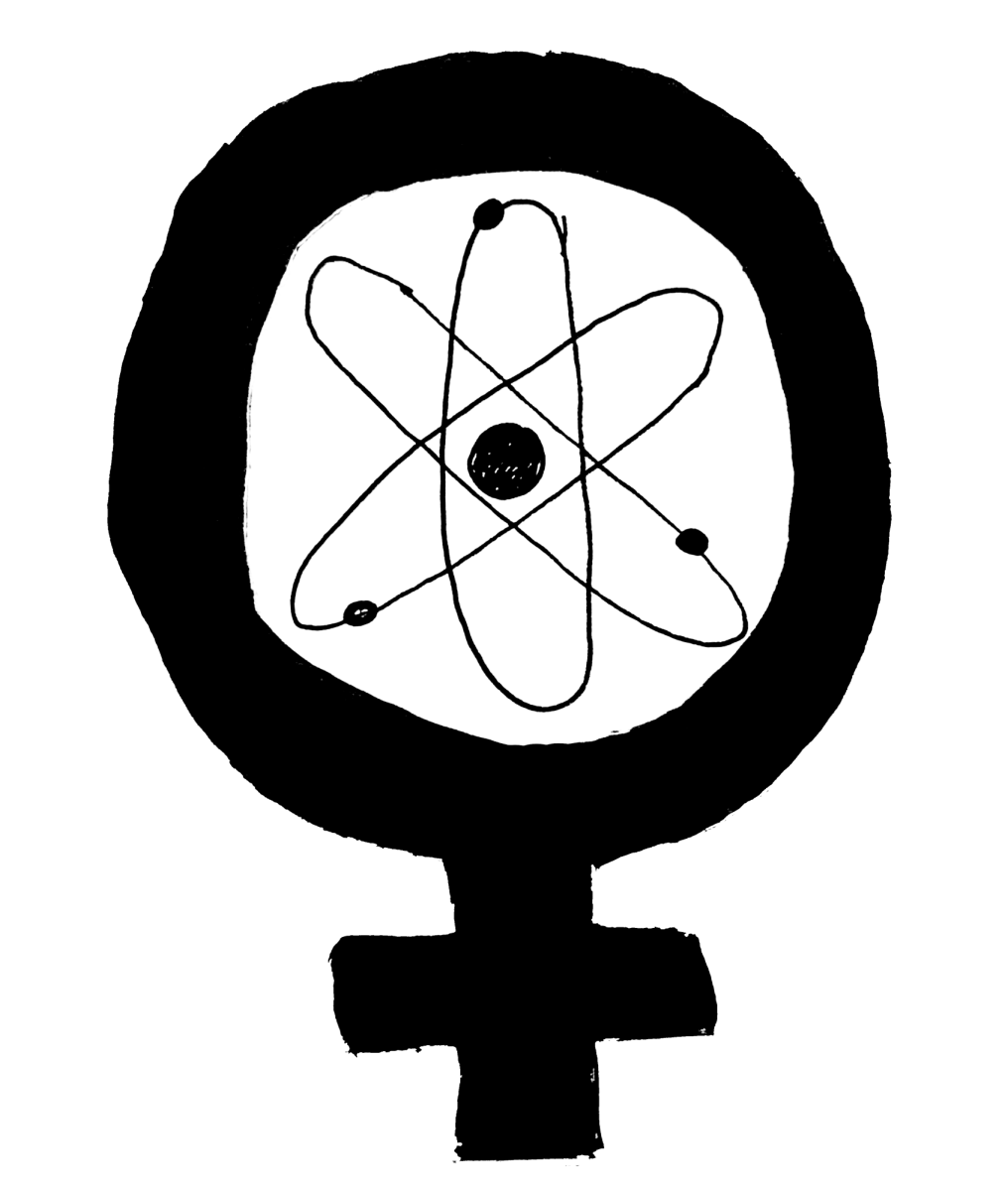In an age driven by science and technology, astrology has reemerged as a popular lens through which many interpret the world. From horoscope apps to zodiac memes on social media, astrology has woven itself into modern culture, particularly among Gen Z. But what exactly is astrology, and why has it remained so enduring?
Astrology is a system of beliefs that suggests a connection between the positions of celestial bodies and human behavior and events on Earth. It centers around the concept that the alignment of planets and stars at the time of a person’s birth can offer insight into their personality, life path and emotional tendencies. Though astrology is not considered a science, its historical and cultural significance remains undeniable and continues to attract interest.
The origins of astrology trace back over 4,000 years to the Babylonians, who developed one of the earliest known astrological systems. They observed the stars to track seasonal changes and divine omens, laying the foundation for the zodiac signs still used today. From Babylon, astrology spread to ancient Egypt, where it became intertwined with mythology and spiritual practices. The Greeks later adopted and expanded upon Babylonian astrology, with scholars such as Ptolemy formalizing zodiacal systems that influenced modern astrology.
In India, astrology evolved into the distinct system of Jyotisha, also known as Vedic astrology, which remains widely practiced. Chinese astrology developed its own rich tradition, structured around lunar cycles and symbolic animal signs. Despite cultural variations, astrology served similar functions across civilizations, like guiding decisions in agriculture, medicine, politics and religion.
Although astrology now carries a mystical reputation, it was historically intertwined with astronomy. Until the 17th century, the two were practiced side by side. As the scientific method gained prominence and astronomy became increasingly data-driven, the academic world gradually dismissed astrology as pseudoscience. However, its philosophical and emotional appeal stayed, with many continuing to turn to astrology for personal insight and self-reflection rather than scientific accuracy.
At the heart of astrology lies the zodiac, a system of 12 signs corresponding to different periods in the solar calendar: Aries, Taurus, Gemini, Cancer, Leo, Virgo, Libra, Scorpio, Sagittarius, Capricorn, Aquarius and Pisces. Each sign represents particular traits and tendencies. However, astrology goes far beyond one’s sun sign. A full natal or birth chart includes planetary positions at the exact time and place of a person’s birth. This chart offers insights into one’s emotions, desires and life path. Other tools such as tarot cards, moon phases and planetary transits are often used in conjunction with astrology to offer symbolic interpretation.
Though some confuse astrology with astronomy, there is a clear distinction: astronomy is a scientific study of celestial objects, while astrology is a belief system grounded in symbolism and metaphysics. This difference often leads to skepticism. Many scientists argue that astrology lacks empirical evidence and cannot be tested or validated through scientific methods. For believers, astrology is not about prediction, but interpretation.
Astrology has undergone a renaissance in the digital age. Apps like Co–Star, The Pattern and Sanctuary provide personalized birth chart readings and daily horoscopes. Social media platforms like Instagram and TikTok are filled with zodiac-themed content, including memes, skits and compatibility breakdowns.
This revival is not just about aesthetics. Astrology provides a means for self-exploration and emotional validation. Psychological concepts such as the Barnum effect—where people accept vague statements as being personally meaningful—and self-fulfilling prophecies help explain its popularity. People may act in ways that reinforce their belief in astrological descriptions, making the system feel accurate.
Despite its appeal, astrology continues to face criticism. Skeptics often dismiss it as entertainment or magical thinking. Others, however, see it as a tool for harmless entertainment or a cultural phenomenon that reflects deeper desires for identity and meaning.
At the University, astrology has become a popular topic among students in casual conversation. Whether students are checking their Co–Star updates, discussing Mercury retrograde or comparing signs with classmates, astrology plays a role in social interaction. It provides a framework for understanding personality and interpersonal dynamics. As well as navigating the pressures of college life, astrology can serve as a coping mechanism, a form of self-expression and a source of community and connection.
University senior Sophia Weiss-Goldner shares her experience with astrology, “Reading my horoscope every day on apps like Co–Star and The Pattern is a comforting mechanism that has helped me communicate more effectively, understand my emotions better, build confidence and foster a deeper connection to the universe. Today, for example, the main message from Co–Star: ‘Thinking about the past is painful. Happiness grows when you can let it all go.’ It was the exact insight I needed to read at that moment.”
Astrology’s journey from ancient observatories to modern smartphones highlights its remarkable ability to evolve while staying rooted in tradition. While it may not hold up to scientific scrutiny, its cultural and psychological significance cannot be denied. Whether used as a daily ritual, a source of entertainment or a means of self-discovery, astrology continues to influence how people understand themselves and their place in the universe. As long as humans look to the stars with curiosity, astrology will remain a part of the conversation.








